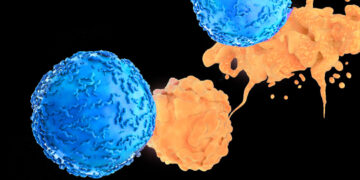
Flow Cytometry Empowers CAR T-Cell Therapies

Leading the Way in Our Understanding of COVID-19: Peptide Megapool Assays

5 Reasons to Read the Antibody Advice Guide

5 High-Throughput Screening Applications Using Flow Cytometry

6 Tips to Secure Funding for Flow Cytometers

Immune Surveillance in SARS-CoV-2 Vaccine Development

How FACS, Genetic Screens, and the HAP1 Cell Line Uncover the Biological Mechanisms of Cancer

7 Tips for Purchasing Your Next Cell Sorter

Sorting an Old Problem: Are Cells Stressed by Fluorescence-Activated Cell Sorting?


